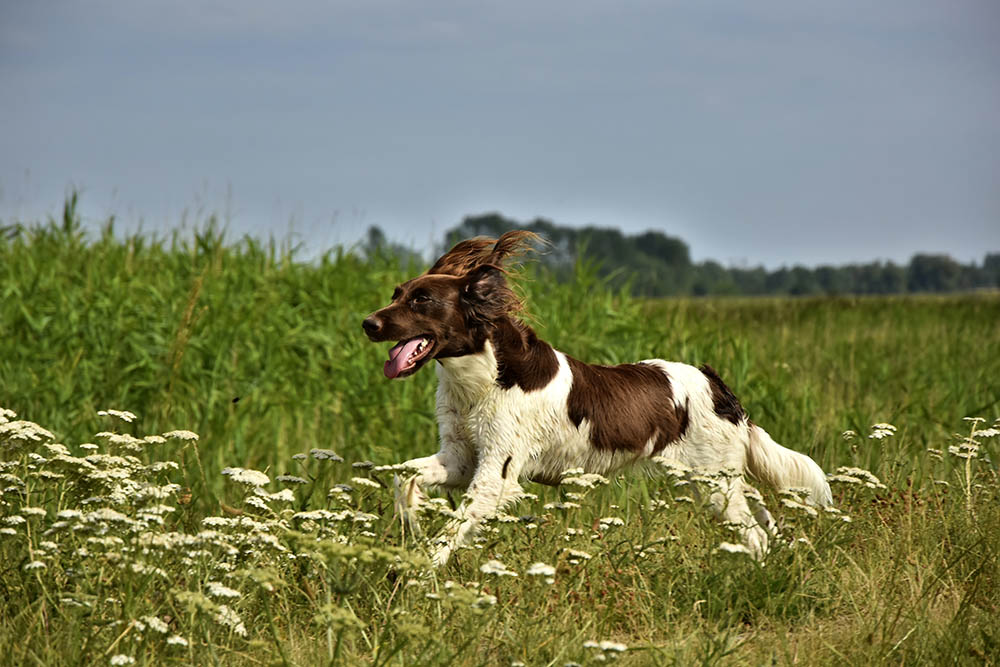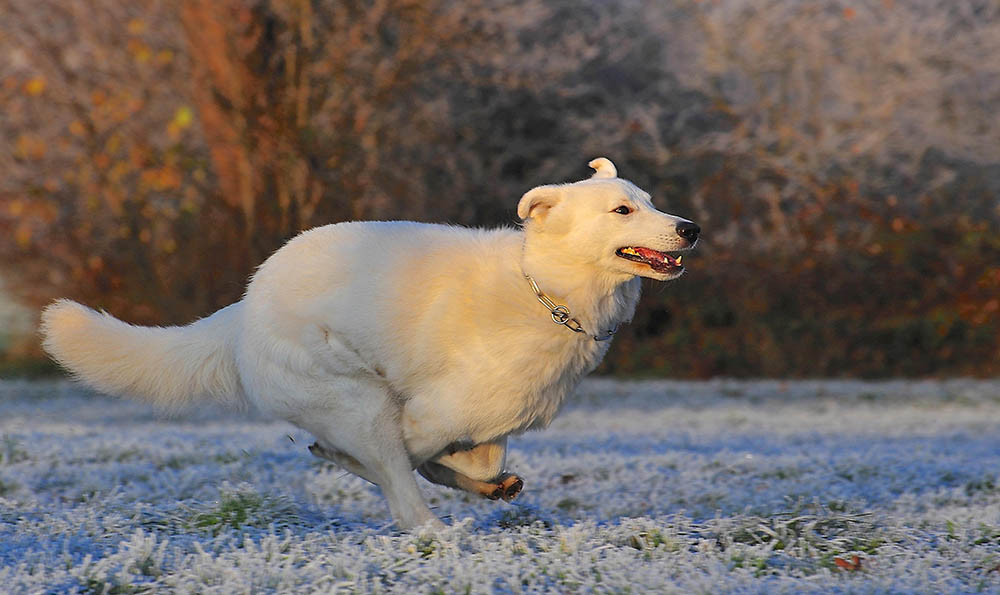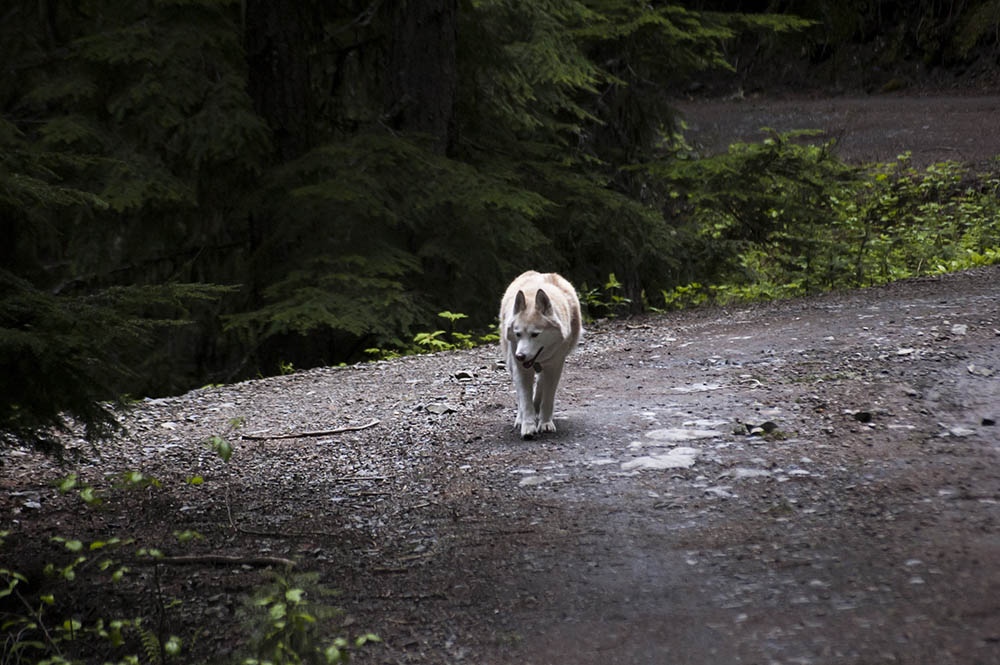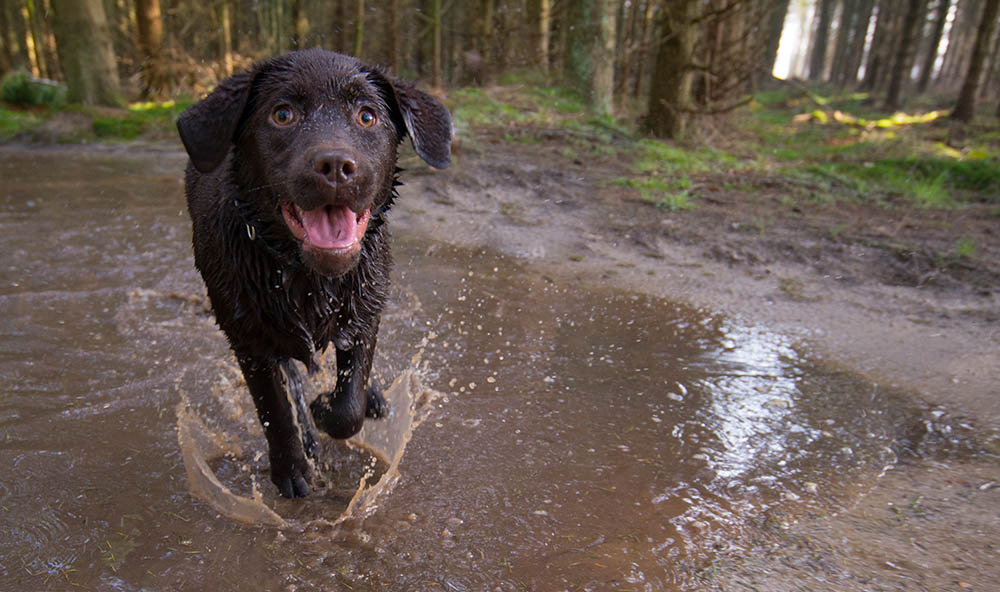For us fur parents, there are few things more painful than a pet running away.
Leaving the safety of their home can expose a dog to various dangers. What if they eat something bad for them? What if they get hit by a car, attacked by another animal, or stolen?
It’s important to know, however, that dogs don’t run away without reason – and arming ourselves with the right knowledge is the most important step in finding the best solution to any problem.
In today’s article, we’ll be discussing the many reasons why dogs run away from home and the strategies we can employ to prevent this disaster.

10 Reasons Why Dogs Run Away
Why do dogs run away? Is it because they don’t love us and can’t wait to get as far away from us as possible?
Unless you’re a horrible dog parent, the answer is no. This doesn’t mean, however, that we aren’t completely at fault when a dog runs away.
With that in mind, here are the 10 reasons why dogs run away:
1. Boredom
A lack of physical and mental stimulation can leave a dog bored and frustrated. And when a dog is unhappy, they may start acting out. One doggo may chew their human’s shoes and furniture. Another may start digging up the yard and eating rocks.
Of course, a bored dog may also run away. After all, there are lots of fun things to do outside the confines of their home, such as run like the wind, chase after tiny critters, sniff all the butts they want, and more. Unfortunately, in all that excitement, the dog could stray so far from home that they end up getting lost.
To prevent this from happening, every dog owner must ensure their pet lives a life full of love, joy, and adventure.
2. The thrill of running
Dogs love to run. It’s fun, it allows them to explore the world, and it releases pent-up energy – making running among the best solutions to boredom, stress, and frustration.
Dogs bred for running, such as greyhounds and huskies, get more out of running than other breeds. And as they can run extremely long distances without tiring, they’re more likely to get lost.
3. Prey drive / territorial defense
Did your dog spot a cat in the middle of the street? The sight of a smaller animal – especially one in the process of fleeing – can trigger a canine’s primal instinct to pursue and kill prey. If a fence is low enough, a pet could jump over it and charge after the cat.
Cats aren’t the only things that can spur a dog to give chase, however. Many dogs run after any fast-moving things, including other dogs, people on skateboards, or even cars. In other cases, they’re not even hunting; they just want to chase away critters they feel are trying to encroach on their territory.
4. The desire to make friends
In contrast to the previous point, a dog may jump over the fence to make friends with another dog they saw. Let the butt-sniffing commence!
Dogs are social animals; they enjoy interacting with others of their breed. An extremely friendly pooch may even try to make pals out of other species, from cats to humans.
5. The desire to mate
If there’s an instinct that rivals the prey drive, it’s the urge to mate.
A female dog in heat will make her need known to every male within the vicinity, driving those males crazy with desire – crazy enough to jump over the fence to find their true love. And before you know it, you have another case of “lost dog.”

6. Fear
Anything that threatens your dog triggers their fight or flight response, which means they either hold their ground or run away with their tail tucked between their legs.
A lot of things can scare a dog, including loud noises (such as thunder or fireworks), bright lights, large crowds, abusive humans, and more. A pooch with anxiety issues is more likely not only to feel fear at the slightest provocation but also to have a drastic reaction to perceived danger. So instead of squeezing under the furniture like other dogs would do, they may leap out the window or jump over the fence to seek safety.
7. Separation Anxiety
Being pack animals, dogs need to be with their human family members and fellow fur babies to feel safe and secure. In other words, they don’t enjoy being left alone.
However, dogs suffering from separation anxiety not only feel alone but also experience severe distress every time they’re left behind. Your departure convinces them you’re abandoning them forever; as a result, they freak out and jump out the window in a desperate attempt to find you and be with you.
Many dogs with separation anxiety have a history of neglect and abuse, which either makes them extremely fearful of abandonment or unable to form bonds of trust with humans quickly.
8. Lack of training
A dog that’s ill-disciplined due to lack of training doesn’t know what is and isn’t acceptable behavior. They’ll do whatever they want – consequences be damned!
For example, one dog may charge out the door whenever the opportunity arises and race after any animal worth chasing. During a walk, another dog may pull on their owner’s leash so powerfully that they end up tearing it out of said owner’s hand. Before either pooch knows it, they’re in another neighborhood, desperately looking for the beloved human they’ve left far behind them.
9. Major changes
Because dogs are creatures of habit, they find comfort and security in the familiar. Significant changes in their life may cause them so much anxiety that they feel they have no choice but to run away.
Examples of such changes include moving to another house, the departure of beloved family members, and the arrival of new family members such as a baby or a new pet. If you take your dog to an unfamiliar location, such as a beach, the exciting new scents may lure them away from your side.
Even changes to feeding or walking schedules can cause a dog to act out in unusual, maybe even dangerous ways.
10. Lack of security
Last but not least, some dogs run away because nothing is stopping them from doing so. Maybe your fence is too low or broken. Maybe you don’t have a proper leash keeping your pet secure during walks. Maybe you’re always leaving the windows, doors, and gates open.
Remember: dogs are often driven by urges – the urge to hunt, to find a mate, to explore, etc. And because they can’t reason like people, they can get into trouble without meaning to. For these reasons, it’s our responsibility as dog parents to keep our dogs safe.

Tips on Preventing Your Dog From Running Away
To prevent the heartbreaking scenario of a dog running away, every fur parent must take steps to meet all their dog’s needs.
Here are tips on how to do just that.
1. Keep your dog physically and mentally stimulated
As previously stated, boredom can encourage a dog to entertain themselves in the worst ways possible. To prevent your dog from destroying your shoes or worse, running away, make sure they get enough physical and mental stimulation to keep them healthy and happy.
Daily walks are essential, as this activity allows them not only to exercise but also to smell new scents, see new sights, hear new sounds, and meet new dogs and people. Don’t limit your dog’s fun to walking, however; play games with them, take them to pet-friendly places, and explore nature together.
In addition, provide your pooch with lots of fun toys to play with, including chew toys, squeaky toys, ropes for tug-of-war, and others. Puzzles are particularly good as they engage your dog’s brain.
The more physical and mental activities your dog enjoys, the more fulfilling their life, giving them no reason to seek pleasure elsewhere.
2. Train your dog
Training will improve your dog’s discipline and make them eager to obey your commands. An exceptionally well-trained dog won’t tug on your leash or chase after cats, and they’ll stay on your property regardless of the various temptations that would make any other dog run away.
Training also deepens the bond between human and dog, strengthening your pet’s trust in you and boosting their confidence. This can make them feel safer around you, helping reduce their anxiety levels and therefore decreasing the risk of running away.
When training your dog, use positive reinforcement; reward their desirable behaviors and never punish them by shouting at or physically hurting them, as such actions can give your dog anxiety. Make sure your pooch masters the basics, such as “sit,” “stay,” “leave it,” and “come.”
Be consistent with your training. Always use the same commands, and always reward your dog only when appropriate.
We highly recommend enrolling your dog in obedience classes and/or hiring a professional dog trainer.
It’s best to start training dogs when they’re still puppies. However, keep in mind that it’s never too late to train an adult dog.
3. Keep your dog secured
Take steps to ensure your dog has no means of escape.
The simplest way to prevent escape is to build a fence high enough that your dog can’t jump or climb over it. A tall fence also keeps your pet from seeing the world outside, so they won’t spot any cats or other things that can tempt them to give pursuit.
When walking your dog, always keep them leashed. Use a sturdy, high-quality leash and harness.
If your dog lacks the discipline to stay put, don’t leave them out in the yard when you’re away. Instead, have them stay inside the house, and make sure to lock all the doors and windows.
Taking advantage of modern technology is also an excellent way to keep a dog safe. For example, attaching a GPS tracker to a pet’s collar lets the owner track their movements on their phone, while microchipping allows authorities to identify a lost dog so they can be reunited with their family.

4. Create a safe space for your dog
Even the bravest, most well-adjusted dog feels fear and anxiety from time to time. For this reason, you should provide your dog with a space that grants them a sense of safety and security whenever they’re emotionally distressed.
A crate, kennel, or a room with a door can all serve as the shelter your dog can retreat into during loud celebrations, thunderstorms, and other upsetting situations.
5. Neuter / spay your dog
Neutering your male dog or spaying your female dog will drastically reduce their sexual interest, decreasing the risk of them running away to answer the call of love.
6. Help your dog deal with change
Dogs thrive on consistency, so you should stick to daily routines as much as possible. Feed them the same number of meals every day, at the same time every day. Similarly, walk your dog at the same time daily.
If changes can’t be avoided, be sure to introduce your dog to them gradually.
For instance, to introduce your dog to a new cat, you can initially use a baby gate to create a boundary between them. This will allow your dog to see the cat while protecting the cat from harm. Over time, your dog will grow desensitized to the cat’s presence, allowing them to co-exist peacefully in the same space. Read our article on how to introduce a cat to a dog to know more!
7. Seek help from professionals
Running away is a behavioral problem that a vet and/or animal behaviorist can correct.
If your dog’s anxiety is caused by a medical issue, veterinary treatment can restore them to health and improve their behavior. Anti-anxiety medication can also help calm them down so they don’t feel the urge to escape whenever they’re distressed.
If your dog’s issues are purely behavioral, an animal behaviorist can determine the root cause of their problem, then develop strategies to help them overcome it.
Don’t hesitate to contact a professional for assistance if you’re having trouble helping your dog on your own.
8. Love your dog
Last but definitely not least, shower your dog with affection.
A dog that feels loved will find staying by their owner’s side the best thing ever. So take time out from your busy schedule to cuddle with your pooch. Give them belly scratches, massage their ears, and speak to them in a soothing voice. And don’t forget to include them in your activities so they never feel like they’re not part of the family!

Conclusion
When a dog runs away from home, it can leave family members devastated and blaming no one but themselves.
Thankfully, understanding the reasons behind this behavior can go a long way in keeping our dogs safe. Not to mention various methods exist that, when used in combination, can ensure our pets never get themselves into trouble.
So love your dog, and see that all their needs are met. Your tireless dedication will keep them safe and happy!
